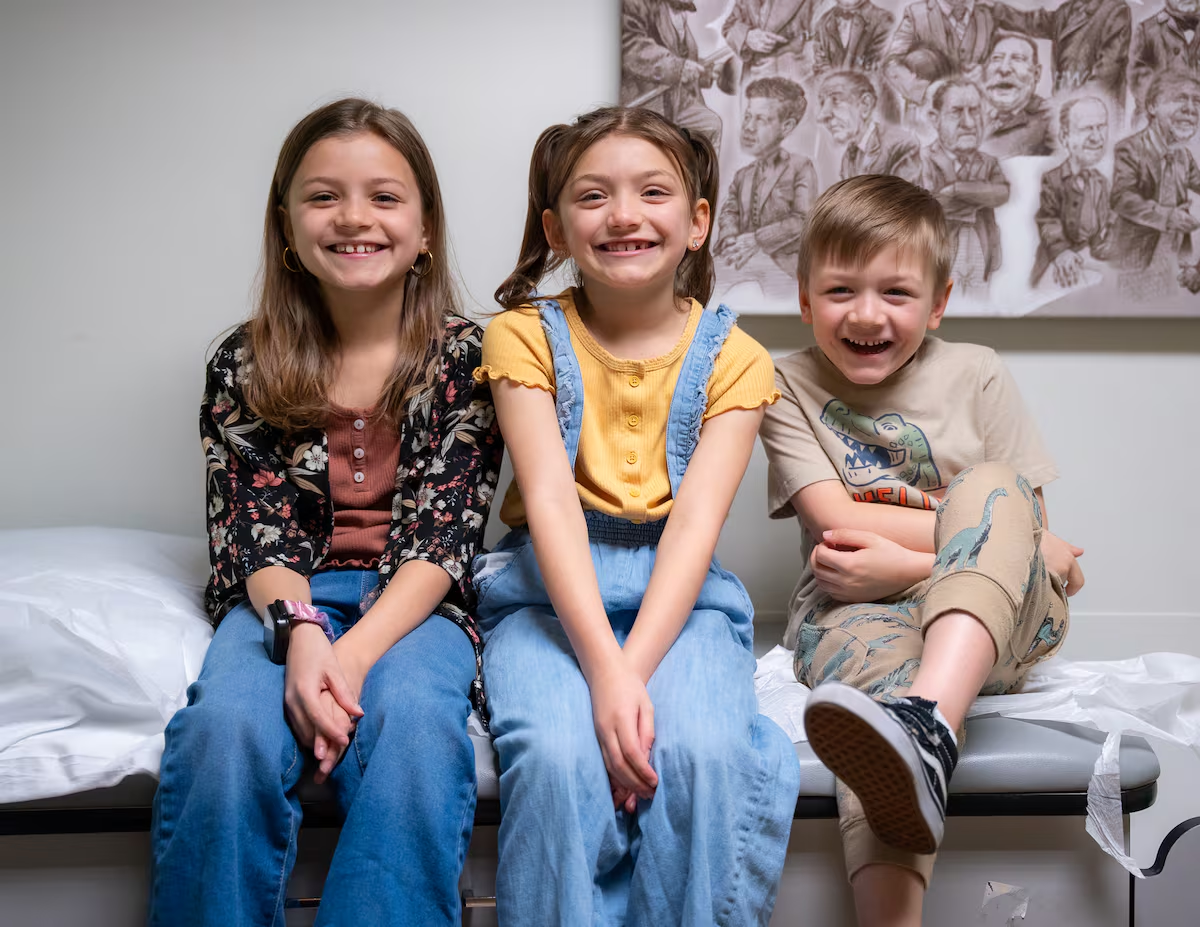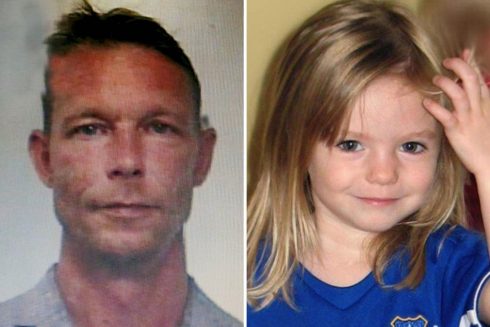THE family with the ‘worst luck in the world’ has been saved by a pioneering therapy developed in Spain.
Ava Lagenhop, 9 and her siblings, Olivia, 7 and Landon, 5 each carry a rare, deadly disease which only affects one in a million people.
Their parents, Alicia Lagenhop and her husband, both carry the gene which provokes Leukocyte Adhesion Deficiency-1 (LAD-1), creating a 25% risk that a child born to them would develop the disease.
READ MORE: Scared of needles?: Researchers in Spain may have the answer

LAD-1 is a life threatening illness which leads to continuous soft tissue infections, as well as painful ulcers on the skin, mouth and respiratory organs.
The genetic disease makes patients’ white blood cells defective and unable to fight invasive microbes.
Now, thanks to a groundbreaking treatment, the Lagenhop siblings have got their normal lives back, alongside six other children.
Scientists from Madrid’s Centre for Energetic, Environmental and Technological Research (CIEMAT) began researching the illness 15 years ago, led by Juan Antonio Bueren and Elena Almarza.
The results of their tireless efforts were published in The New England Journal of Medicine on April 30.
“70% of patients with serious LAD-1 die before they are three years old,” Bueren said.
The new treatment hopes to change that after curing the illness in rats by genetically modifying cells in order to introduce the correct gene into the body, allowing white blood cells to work as normal.
US pharmaceutical company, Rocket Pharma, quickly snapped up the rights to the treatment and sponsored human trials.
READ MORE: Spanish researchers discover a ‘fat burning’ mechanism to fight obesity

PHOTO: CIEMAT
The Lagenhops are part of these trials, which involved extracting bone tissue, correcting genes and reintroducing them into the body.
“From a clinical perspective, they’re all back in school leading their normal lives, they’re doing great,” Bueren said.
The trials took place in Madrid’s Hospital Niño Jesus, the University of California (where the Lagenhops were treated) and University College London.
Julian Sevilla, the doctor looking after a Turkish girl treated in Madrid, said: “It’s gone phenomenally, spectacular, there’s been no complications and we’ve now shown this treatment could be a cure.”
The children involved in the study were followed for two years after treatment and symptoms did not return in any of the cases.
Mother of three of the ‘cured’ children, Alicia Lagenhop, said: “We felt like we had to climb a mountain everyday. Each fever, each ulcer, was terrifying. We were always fearing the worst.”
While Bueren is hopeful, he says the treatment cannot yet be considered a ‘complete cure’ and families will have to wait longer to be sure it has worked.
READ MORE: Spain becomes world leader in medical research – this is what it achieved in 2024









Why would you have children knowing you carry this dreadful disease? Sounds extraordinarily selfish to me.